Sri Lanka, the resplendent island nation nestled south of India, boasts a rich tapestry of cultural influences reflected not only in its ancient ruins and vibrant festivals, but also in its captivating cuisine. Sri Lankan food is an explosion of flavor, a symphony of fresh ingredients, fragrant spices, and age-old cooking techniques. From fiery curries to delicate rice dishes, Sri Lanka offers a culinary adventure for every palate.
This blog delves into four of the most iconic dishes that are an absolute must-try on your Sri Lankan sojourn. So, grab your metaphorical (or literal) plate and embark on a delicious journey.
Rice and Curry: The Soul of Sri Lankan Cuisine
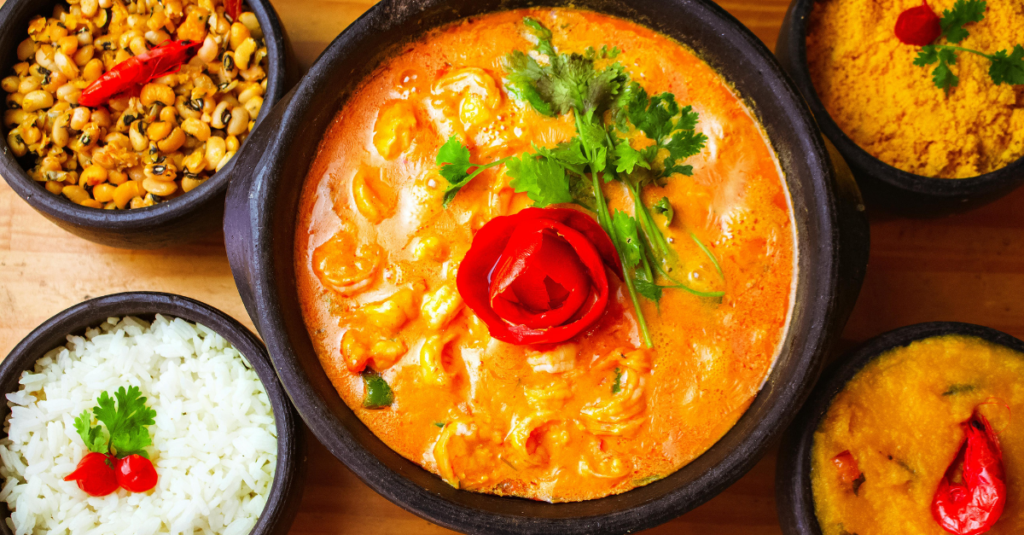
Rice and curry, the cornerstone of Sri Lankan gastronomy, is not just a dish; it’s an experience. A typical rice and curry spread involves a majestic mound of steamed white rice, surrounded by a dazzling array of curries, each boasting its unique flavor profile.
The curries can be vegetarian, featuring a vibrant medley of seasonal vegetables like okra, green beans, eggplant, and pumpkin, all simmered in a fragrant coconut milk base. Lentil curries, or dahl, are another staple, offering a comforting heartiness. Meat curries, featuring chicken, fish, or even mutton, tantalize the taste buds with a symphony of spices like turmeric, coriander, cumin, and chilies. Don’t be surprised to find a fiery fish ambul thiyal (sour fish curry) or a fragrant chicken curry infused with the subtle smokiness of roasted pandan leaves.
A crucial accompaniment to the curries are the accompaniments:
- Sambols – These are finely chopped salads, adding a burst of texture and flavor. The most popular is the fiery lunu miris, a relish made with red onions, chilies, and lime. Seeni sambol, on the other hand, offers a sweet counterpoint with caramelized onions and Maldive fish flakes.
- Papadums – These thin, crispy lentil wafers add a satisfying crunch and serve as a delicious scoop for the curries.
- Chutneys – Freshly made chutneys, like the vibrant green coconut chutney, provide a cooling contrast to the spicier curries.
Rice and curry is traditionally served on a large banana leaf, adding an earthy touch to the presentation. Be prepared for a delightful sensory overload – the vibrant colors of the curries, the intoxicating aroma of spices, and the symphony of textures will leave you wanting more.
Pro Tip: Rice and curry is a communal affair. Don’t be shy to ask for seconds, and enjoy the opportunity to share this culinary experience with friends or family.
Hoppers: Delicate Bowls of Crispy Delight
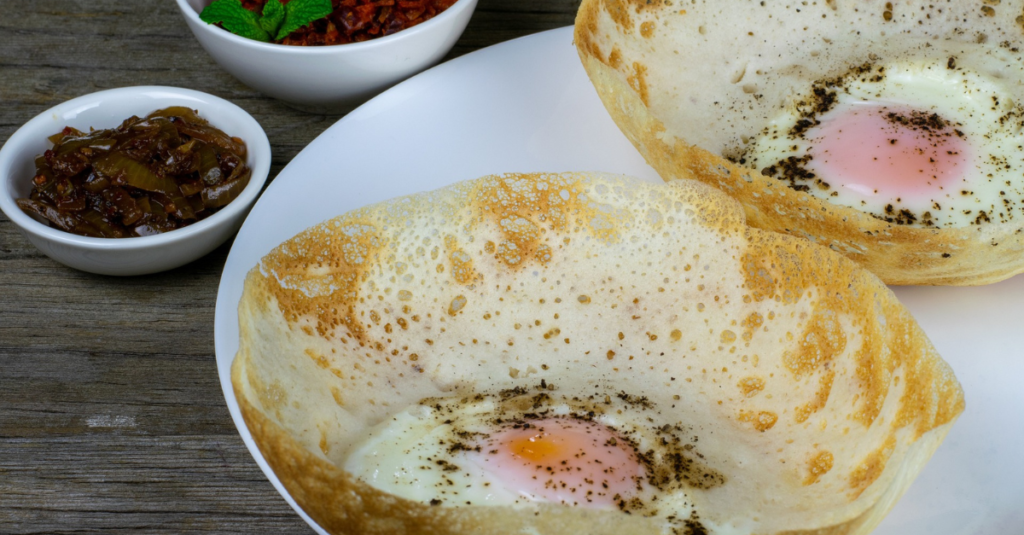
Hoppers, a quintessential Sri Lankan breakfast dish, are bowl-shaped pancakes made with fermented rice flour and coconut milk. The unique fermentation process gives them a slightly sour tang and a distinctive lacy texture around the edges. Unlike their Western counterparts, hoppers are delightfully thin and crispy, offering a delightful contrast to the soft, fluffy center.
Hoppers are incredibly versatile. They can be enjoyed plain, savored with a dollop of creamy butter, or transformed into a complete meal with a variety of fillings. Here are some popular options:
- Egg Hopper – A fried egg nestled within the crispy hopper is a classic Sri Lankan breakfast.
- Cheese Hopper – Melted cheese adds a touch of indulgence to this savory option.
- Plain Hopper with Sambols – Dip your hopper into the fiery lunu miris or the sweet seeni sambol for a delightful explosion of flavor.
Hoppers are not just for breakfast. They can be enjoyed throughout the day as a snack or even as a light lunch. Street vendors often serve hoppers with a variety of accompaniments, making them a delicious and affordable option for on-the-go travelers.
Pro Tip: Watch the skilled vendors expertly flip the hoppers on a hot griddle. You might even be tempted to try your hand at making your own hoppers at a cooking class!
Kottu Roti: Sri Lanka's Street Food Masterpiece
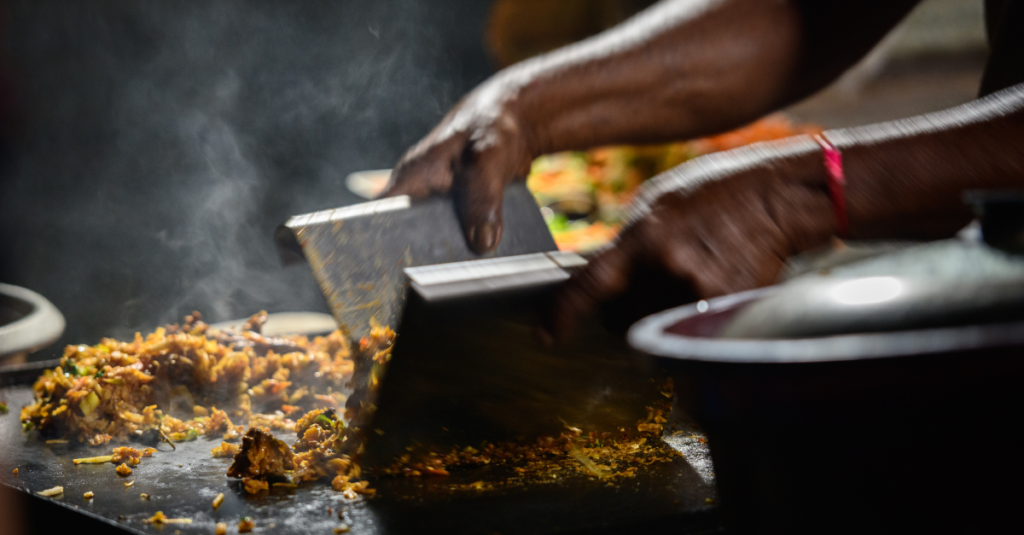
Kottu roti, Sri Lanka’s ultimate street food, is a symphony of textures and flavors in a single dish. It’s a vibrant stir-fry made with leftover roti (flatbread) that’s shredded into small pieces and then stir-fried with vegetables, eggs, and your choice of meat or seafood. The rhythmic chopping and tossing of the ingredients on a flat griddle, often accompanied by the rhythmic clang of the spatula, is a mesmerizing spectacle.
The beauty of kottu roti lies in its customizability. You can choose your preferred level of spice, the type of protein you desire (chicken, seafood, or even a vegetarian option), and the additional vegetables you’d like included. Here are some popular variations:
- Chicken Kottu – This is the most popular version, featuring shredded chicken stir-fried with vegetables, eggs, and a touch of curry sauce for added flavor.
- Vegetable Kottu – A vegetarian delight, packed with colorful vegetables like carrots, beans, and cabbage, offering a healthy and flavorful option.
- Sea Food Kottu – For seafood lovers, prawns or shredded fish add a delightful coastal touch to the kottu roti.
Kottu roti is typically enjoyed for lunch or dinner. The generous portions and the vibrant flavors make it a perfect meal for sharing with friends or family. While street vendors are the traditional source of kottu roti, it’s now become a popular menu item at restaurants as well.
Pro Tip: Don’t be afraid to get your hands dirty! Kottu roti is traditionally eaten with your hands, allowing you to savor the delightful mix of textures and flavors in every bite.
Wattalapam: A Creamy Dream in Every Spoon
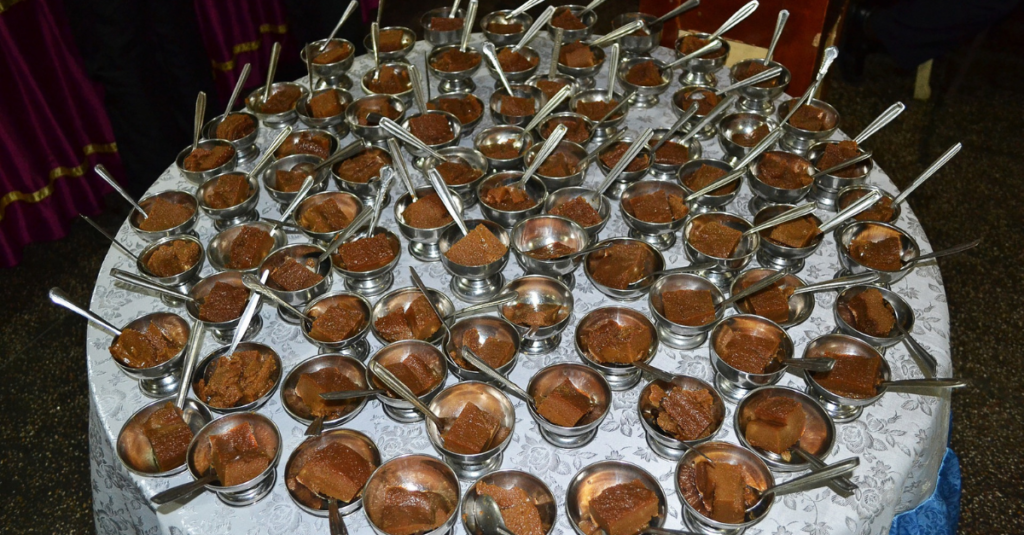
Sri Lanka’s culinary journey wouldn’t be complete without venturing into the realm of desserts. Wattalapam, a rich and creamy pudding, is a national treasure. Made with a combination of milk, eggs, sugar, cashew nuts, and cardamoms, wattalapam boasts a smooth, custard-like texture and a delicately sweet flavor. The addition of caramelized sugar on top adds a delightful textural contrast and a touch of caramel richness.
Wattalapam is a baked dessert, traditionally cooked in clay pots. The slow baking process allows the flavors to meld beautifully, resulting in a decadent and comforting treat. It’s often served during festive occasions and special celebrations, but it’s becoming increasingly available at restaurants and cafes, allowing you to indulge in this Sri Lankan gem throughout your travels.
Pro Tip: Pair your wattalapam with a cup of Sri Lankan black tea for a perfect ending to your meal.
Beyond the Four: A Glimpse into Sri Lanka's Culinary Tapestry
Sri Lanka’s culinary canvas extends far beyond these four must-try dishes. Here’s a glimpse into some other delectable options you might encounter on your Sri Lankan adventure:
- String hoppers: Delicate, steamed rice noodles enjoyed with curries or sambols.
- Pittu: Cylindrical steamed rice cakes with a variety of fillings.
- Kiribath: A creamy coconut milk rice dish, often served during breakfast or special occasions.
- Isso Wade: Deep-fried crispy lentil fritters, perfect for a light snack.
- Fresh Tropical Fruits: From succulent mangoes and pineapples to exotic rambutan and mangosteen, Sri Lanka is a haven for fruit lovers.
Beyond the Must-Tries
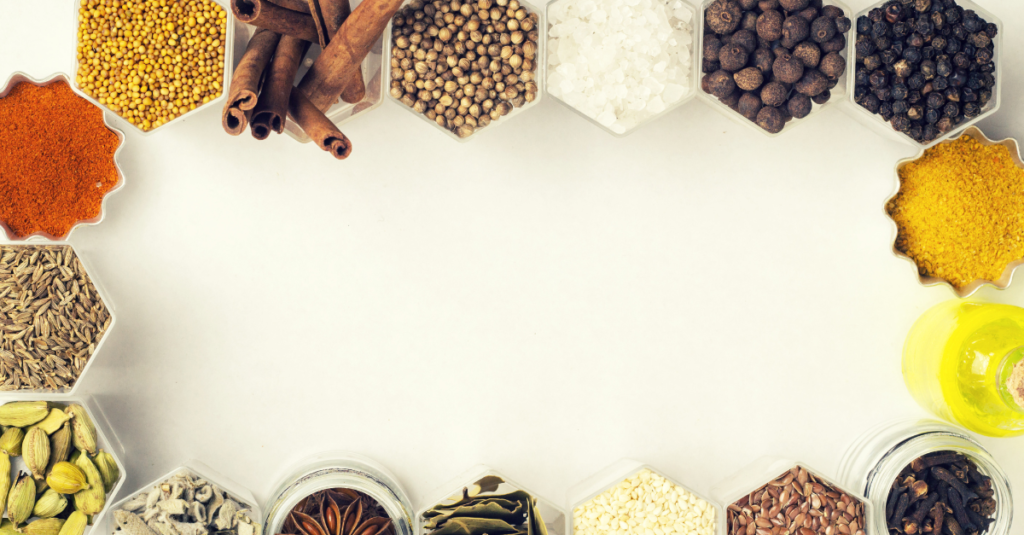
While our exploration of the top four Sri Lankan dishes has hopefully whetted your appetite, Sri Lankan cuisine holds a treasure trove of flavors waiting to be discovered. Here’s a deeper dive into some fascinating aspects of Sri Lankan food culture:
A Legacy of Spices: The Soulful Blend
Spices are the lifeblood of Sri Lankan cuisine. From the fiery heat of chilies to the earthy warmth of turmeric and the fragrant complexity of cardamom, a symphony of spices infuses every dish. Here’s a closer look at some key players:
- Black Pepper – Sri Lankan black pepper, known for its intense aroma and sharp flavor, is a ubiquitous presence. It adds depth and a touch of heat to curries and other savory dishes.
- Cinnamon – Sri Lanka, once known as Ceylon, boasts a rich history of cinnamon production. This fragrant spice adds a warm, subtly sweet note to curries, rice dishes, and even beverages like Sri Lankan black tea.
- Cardamom – Green cardamoms, with their unique citrusy and slightly floral aroma, are a staple in Sri Lankan cooking. They add a touch of complexity to curries, sweet dishes like wattalapam, and even beverages like coffee.
- Cumin – This earthy spice adds warmth and a distinctive aroma to curries and lentil dishes.
- Cloves – The pungent aroma and warming properties of cloves add depth and complexity to curries and marinades.
These are just a few examples, and the skillful blending of spices is a true art form in Sri Lankan cuisine.
Regional Specialties: A Taste of Diversity
Sri Lanka’s diverse geography and rich cultural heritage are reflected in its regional culinary specialties. Here are a few examples:
- Jaffna Cuisine – Hailing from the northern Jaffna Peninsula, Jaffna cuisine is known for its bold flavors and liberal use of chilies. Signature dishes include crab curries and Jaffna kottu roti, a spicier version of the classic street food.
- Southern Cuisine – Coconut takes center stage in southern Sri Lankan cuisine. Freshly grated coconut is used in curries, sambols, and even sweet treats. Don’t miss the delectable wade (deep-fried pastries) stuffed with a variety of fillings.
- Hill Country Cuisine – The cooler climes of Sri Lanka’s central highlands offer a unique culinary experience. Fresh vegetables grown in the hills find their way into curries and stews. Sample a steaming bowl of hoppers with a steaming cup of tea for a quintessential hill country breakfast.
Ayurvedic Influences: Food as Medicine
Sri Lankan cuisine is deeply influenced by Ayurveda, the ancient Indian system of medicine. Sri Lankans believe in the holistic approach to health, and food is considered an essential part of maintaining balance in the body. Here’s how this manifests:
- Balancing Flavors – The use of a variety of spices and herbs is not just about taste; it’s also believed to promote digestion and overall well-being.
- Seasonal Ingredients – Sri Lankans prioritize fresh, seasonal ingredients, ensuring that the body receives the nutrients it needs throughout the year.
- Coconut Power – Coconut, a versatile ingredient in Sri Lankan cuisine, is believed to have various health benefits, from boosting immunity to promoting healthy digestion.
Embark on Your Sri Lankan Culinary Adventure
Embrace the Local Experience: Dining Like a Sri Lankan
To truly experience Sri Lankan cuisine, consider venturing beyond restaurants and into local homes or small eateries. Here are some tips:
- Try a Home Cooked Meal – Participating in a homestay program or cooking class allows you to experience authentic Sri Lankan cuisine prepared in a home setting.
- Hit the Streets – Street food vendors offer a delicious and affordable way to sample a variety of local favorites. Don’t be afraid to step outside your comfort zone and try something new!
- Embrace Local Etiquette – Eating with your hands is perfectly acceptable in Sri Lanka. Be prepared to share your meal with others, as Sri Lankan cuisine is often meant to be enjoyed communally.
By venturing beyond the well-trodden path and embracing the authentic Sri Lankan dining experience, you’ll gain a deeper appreciation for the rich tapestry of flavors and traditions that define this captivating cuisine. So, open your mind, embrace the unfamiliar, and embark on a truly unforgettable Sri Lankan culinary adventure.
Sri Lankan cuisine is an invitation to explore a vibrant culture through your taste buds. From the comforting warmth of rice and curry to the delightful street food magic of kottu roti, and the sweet indulgence of wattalapam, Sri Lanka offers a culinary adventure unlike any other. So, pack your bags (and your appetite!), and get ready to embark on a delicious journey through this enchanting island nation.

